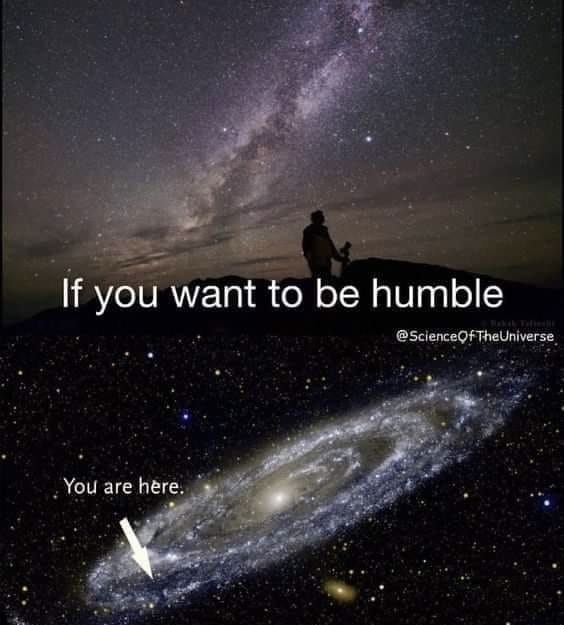
The Hoatzin lineage is about 64 million years old, dating back to shortly after the dinosaurs went extinct.
Fossils related to the Hoatzin have been found in Africa and Europe, suggesting its ancestors once roamed far beyond South America.
The Hoatzin is the only surviving member of an ancient bird order called Opisthocomiformes. It’s like a living fossil.
Baby Hoatzins are born with clawed wings, a trait birds lost over 100 million years ago — but the Hoatzin hung onto it.
Scientists sometimes call the Hoatzin the “punk rock chicken” for its spiky crest and rebellious evolutionary path.
The Hoatzin’s digestive system is more similar to a cow’s than to any other bird’s — it ferments leaves instead of digesting them normally. Hence its nickname, “The Stinkbird.”


